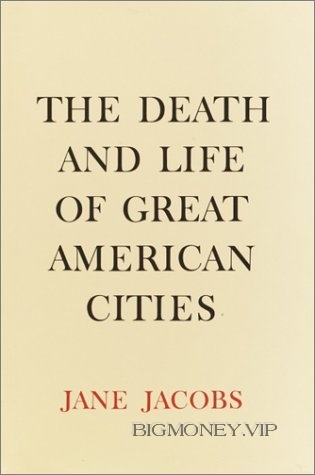
1 Introduction
This book is an attack on current city planning and rebuilding. It is also, and
mostly, an attempt to introduce new principles of city planning and
rebuilding, different and even opposite from those now taught in everything
from schools of architecture and planning to the Sunday supplements and
women’s magazines. My attack is not based on quibbles about rebuilding
methods or hair-splitting about fashions in design. It is an attack, rather, on
the principles and aims that have shaped modern, orthodox city planning
and rebuilding.
In setting forth different principles, I shall mainly be writing about
common, ordinary things: for instance, what kinds of city streets are safe
and what kinds are not; why some city parks are marvelous and others are
vice traps and death traps; why some slums stay slums and other slums
regenerate themselves even against financial and official opposition; what
makes downtowns shift their centers; what, if anything, is a city
neighborhood, and what jobs, if any, neighborhoods in great cities do. In
short, I shall be writing about how cities work in real life, because this is the
only way to learn what principles of planning and what practices in
rebuilding can promote social and economic vitality in cities, and what
practices and principles will deaden these attributes.
There is a wistful myth that if only we had enough money to spend—the
figure is usually put at a hundred billion dollars—we could wipe out all our
slums in ten years, reverse decay in the great, dull, gray belts that were
yesterday’s and day-before-yesterday’s suburbs, anchor the wandering
middle class and its wandering tax money, and perhaps even solve the
traffic problem.
But look what we have built with the first several billions: Low-income
projects that become worse centers of delinquency, vandalism and general
social hopelessness than the slums they were supposed to replace. Middle-
income housing projects which are truly marvels of dullness and
regimentation, sealed against any buoyancy or vitality of city life. Luxury
housing projects that mitigate their inanity, or try to, with a vapid vulgarity.
Cultural centers that are unable to support a good bookstore. Civic centers
that are avoided by everyone but bums, who have fewer choices of loitering
place than others. Commercial centers that are lackluster imitations of
standardized suburban chain-store shopping. Promenades that go from no
place to nowhere and have no promenaders. Expressways that eviscerate
great cities. This is not the rebuilding of cities. This is the sacking of cities.
Under the surface, these accomplishments prove even poorer than their
poor pretenses. They seldom aid the city areas around them, as in theory
they are supposed to. These amputated areas typically develop galloping
gangrene. To house people in this planned fashion, price tags are fastened
on the population, and each sorted-out chunk of price-tagged populace lives
in growing suspicion and tension against the surrounding city. When two or
more such hostile islands are juxtaposed the result is called “a balanced
neighborhood.” Monopolistic shopping centers and monumental cultural
centers cloak, under the public relations hoohaw, the subtraction of
commerce, and of culture too, from the intimate and casual life of cities.
That such wonders may be accomplished, people who get marked with
the planners’ hex signs are pushed about, expropriated, and uprooted much
as if they were the subjects of a conquering power. Thousands upon
thousands of small businesses are destroyed, and their proprietors ruined,
with hardly a gesture at compensation. Whole communities are torn apart
and sown to the winds, with a reaping of cynicism, resentment and despair
that must be heard and seen to be believed. A group of clergymen in
Chicago, appalled at the fruits of planned city rebuilding there, asked,
Could Job have been thinking of Chicago when he wrote:




